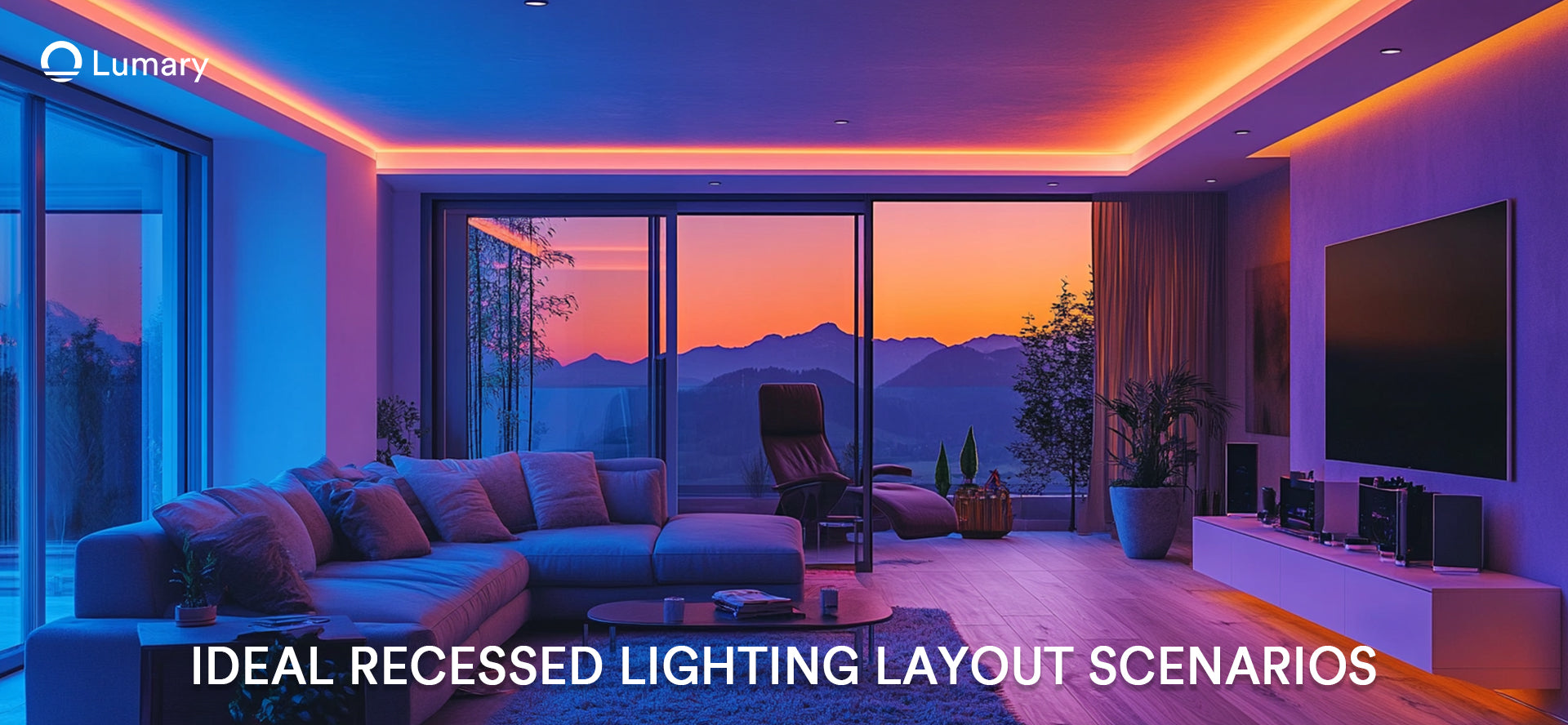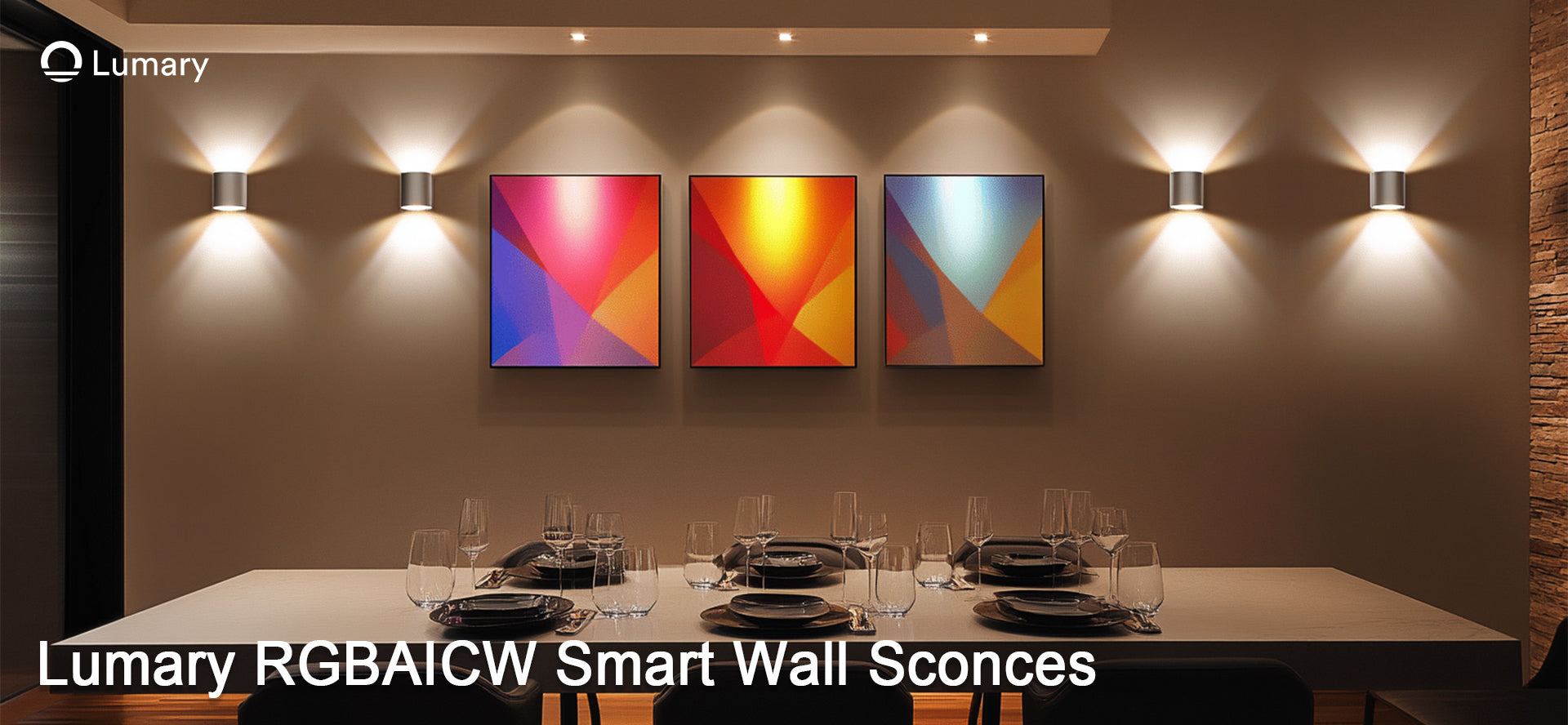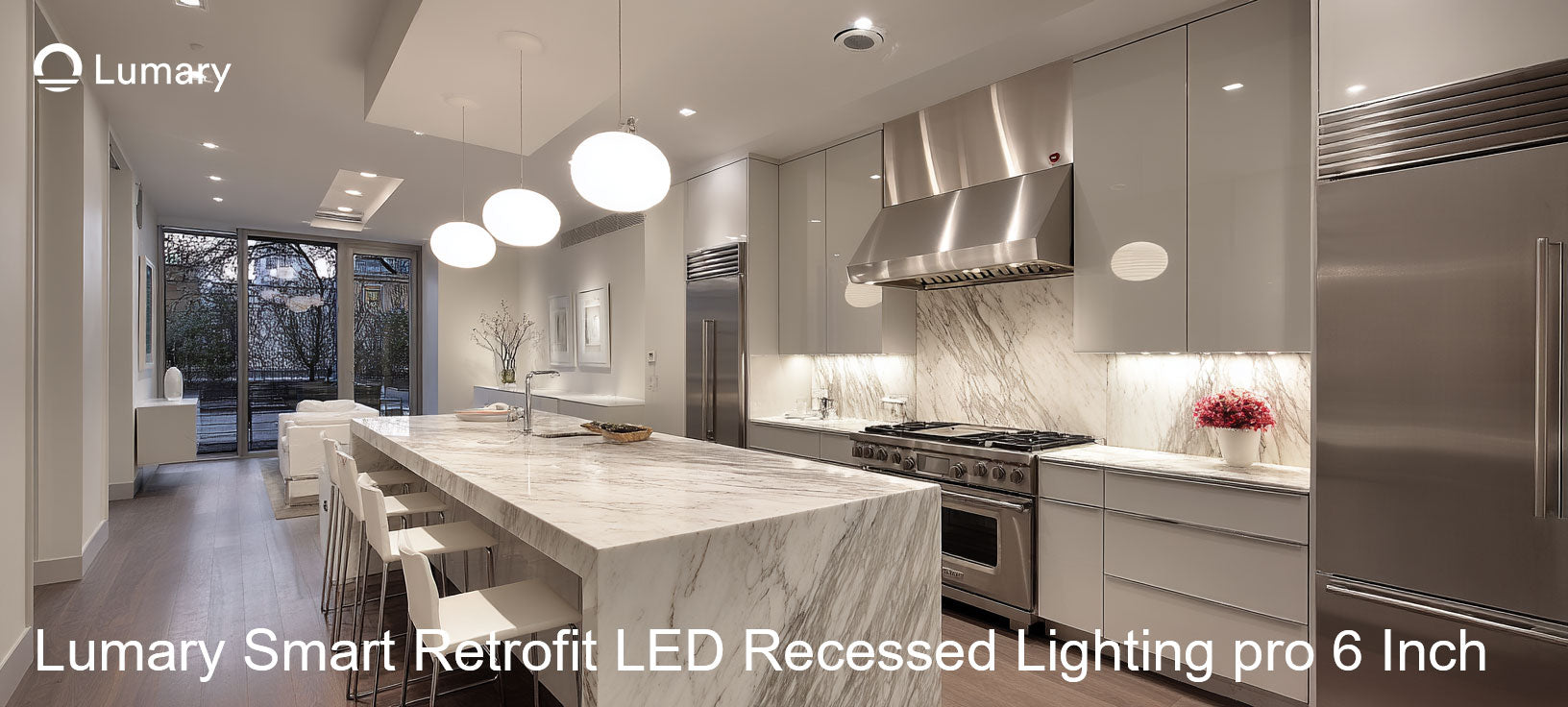Recessed lights can completely change a room and improve the general illumination quality, energy efficiency, and visual appeal. However, a poorly designed recessed lighting system can cause a range of problems, from uneven illumination and unwanted shadows to a mismatched design aesthetic. The major mistakes homeowners and professionals make when installing recessed lighting will be discussed in this article, along with useful solutions to guarantee a perfect, functional, and aesthetically pleasing result.
The Advantages of a Well-Planned Recessed Lighting Layout
Elevate Lighting Quality and Uniformity
A well-designed recessed lighting arrangement may bathe a room in a warm, soothing glow, avoiding hot spots, shadows, and uneven illumination for a wonderfully homogeneous lighting experience.

Improve Energy Efficiency
The strategic placement of recessed lights minimizes wasted light and guarantees that every fixture operates in concert to deliver required illumination and lower energy usage.
Integrate with the Room's Design
Aligning recessed fixtures with the existing ceiling features and selecting complementary finishes allows the lighting to become an integral, cohesive element of the overall decor.
Boost Home Value and Appeal
A well-executed recessed lighting layout not only enhances everyday living but can also increase a home's value and desirability for prospective buyers drawn to its clean, modern aesthetic and energy-efficient features.
Common Recessed Lighting Layout Mistakes to Avoid
1. Incorrect Spacing Between Recessed Lights
The most common error in recessed lighting design is incorrect fixture spacing. While too much spacing could produce dark, shady areas, insufficient spacing can cause hot spots and uneven illumination. Following ideal spacing rules depending on the size of the space, ceiling height, and the light output of the selected recessed lights helps one to create a harmonic, well-lit environment.
2. Improper Placement Relative to Walls and Furniture
Recessed lights must be positioned deliberately to prevent producing unwelcome shadows and gloomy places. Lighting should be positioned deliberately to accentuate the design of the room, therefore guaranteeing consistent illumination across the whole area and avoiding furniture or architectural details creating obstructions.
3. Neglecting Task-Specific Lighting Needs
Recessed lighting should not only provide ambient illumination but also cater to the specific lighting requirements of various zones within a room. Neglecting to adjust light placement for workspaces, seating areas, and focal points can result in an imbalance, with some areas feeling overly bright and others appearing too dim. Careful consideration of the room's usage and the need for ambient, task, and accent lighting is essential.
4. Disregarding Ceiling Height and Room Dimensions
The dimensions of the room and ceiling height will help one choose the size and trim style of recessed lights to guarantee enough light coverage without over-lighting. Selecting a poor fixture size could result in an uneven, insufficient, or overpowering lighting arrangement that does not accentuate the area.
5. Failing to Consider the Room's Color Scheme and Finish
To keep a coherent, aesthetically pleasing look, recessed lighting should be precisely matched to the current décor in color and finish. Ignoring this element can lead to an odd, jagged look as well as the possibility of the lighting running counter to the color temperature and atmosphere of the room.

Solutions for a Flawless Recessed Lighting Layout
Develop a Comprehensive Lighting Plan
The key to a successful recessed lighting installation starts with a well-designed plan. Begin by measuring the room's dimensions and creating a detailed layout diagram. This will help you determine the optimal number and placement of recessed lights to ensure even coverage and a cohesive design.
Choose the Right Recessed Lighting Fixtures
Pay great attention to the size, beam angle, and trim style of any recessed lights you choose to make sure they accentuate the dimensions and look of the room. Furthermore, taken into account should be energy-efficient choices like LED recessed lights to improve the long-term viability and performance of the system.
Utilize Lighting Design Tools and Calculators
Take advantage of online resources and lighting design tools, lumen output, and coverage area for your recessed lighting layout. These calculators can provide valuable guidance to help you achieve the desired illumination levels without over-lighting the space.
Incorporate Dimmable and Adjustable Recessed Lights
Incorporate dimmable and adjustable recessed lights into your layout to allow for personalized lighting control and enhanced flexibility. This will enable you to fine-tune the ambiance and accommodate various activities and moods within the same space.
Prioritize Coordination with Other Architectural Elements
When positioning your recessed lights, be sure to align them with existing ceiling features, such as beams, joists, and other structural elements. This will create a seamless integration between the lighting and the room's overall design, resulting in a cohesive and visually appealing outcome.
Leverage Expert Guidance
See lighting experts if you are not sure about any element of the recessed lighting design. They may offer priceless guidance and insights to help you stay clear of typical mistakes and get the ideal lighting solution for your house.

















